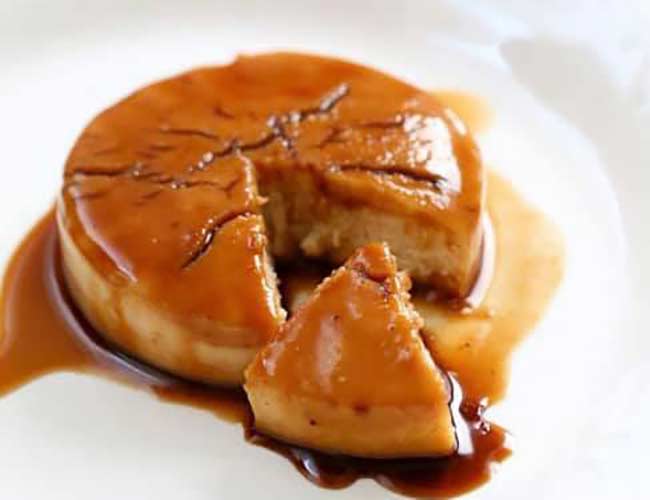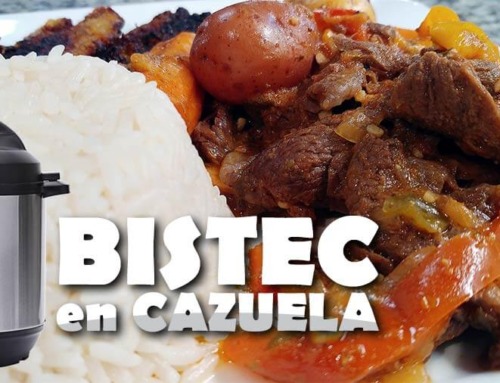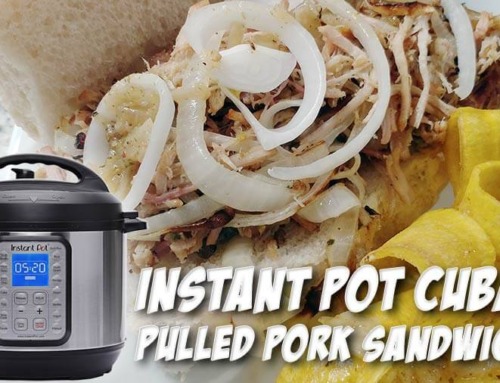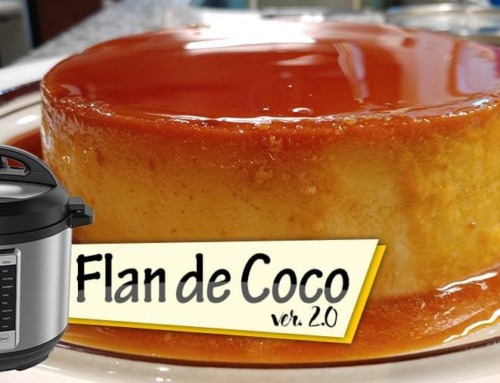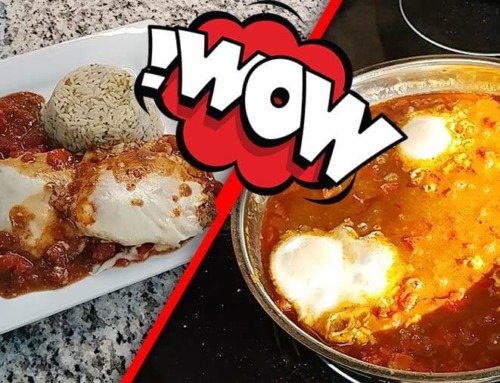Welcome back to the Redneck Cuban kitchen, where we are going to make one of my all-time favorites, a “Cuban Fan.” With 1,160,000 results on Google for Cuban flan recipe, do we need one more? Well, yes! Why is that? Well, it seems that humanity is suffering from a pandemic of fixing what’s not broken. If you search Google or YouTube for Cuban flan recipe, you will find a few that are pretty close to the real deal, but you will also run into many recipes using the whole egg, syrup, coconut, cream cheese, and other ingredients that are NOT part of a traditional Cuban recipe for flan.
Before we break the internet with accusations of appropriation and get the hashtag #CubanRedneck trending, know that this is not my recipe but instead my abuela’s classic crème caramel egg custard recipe. Given that this particular recipe is over 100 years old, I am not sure how true it is to the original. So, with that said, let’s get started with “my” Cuban flan de leche recipe.
INGREDIENTS FOR CUBAN FLAN RECIPE:
- 6X Extra-Large Egg Yolks (or 8X Large Egg Yokes)
- 1X Can of Evaporated Milk
- 1X Can Condense Milk
- 1 Tablespoon of Vanilla Extract
- 1 pinch of Salt
- 1.5 Cups of White Sugar for the Caramel
HOW TO MAKE CUBAN FLAN?
As I said in the video, and it happens to be true most of the time, the list of ingredients above is meaningless without following the procedure. Besides that, part of making the best Cuban flan has a lot to do with where and how you cook it. Or should I say, bake? For years I have been using an old school stainless steel, sealable lunch box. One that I just found out is called an Indian-Tiffin lunch box. In Spanish (more specific CUBAN), we call it cantina. These stainless steel canisters are hands down the best way to cook a flan. Yet, while these were quite popular a couple of decades ago, they have become rare.
Consequently, I have decided to make this flan using standard non-stick ceramic cookware. I will be using my Gotham Steel three-quart saucepan for baking my flan. The oven rating for this cookware is up to 500 degrees. I know that there are people who swear by the pressure cooker methods, but I come from a commercial kitchen background. Accelerated cooking methods, such as pressure cookers, microwaves, and others, are not part of that training. Aside from choosing where you are going to cook your flan, you are also going to need a larger container for your double boiler or bain-marie (pronounced “bane mah-REE”), an elegant way to describe a hot water bath in the culinary trade. Please take a look at the video for examples of what I used. I will be employing one of my favorite Gotham Steel pieces for the double boiler, the square five-quart saucepan.
After you have sorted out what you are going to use for cooking your flan, it is time to start cooking. Begin by preheating your oven at 375 degrees. Then go ahead and place your 1.5 cups of sugar in the 3-quart saucepan over medium heat. The sugar is going to take a little while to come to temp. Know that once it does, it will climb in temperature rather quickly to an almost out of control stage. It is a good idea to have a well damp kitchen towel nearby on the countertop. If you see the caramel getting too hot or dark, place the saucepan on top of the towel to bring the temp down. You can always bring the temp back up, but you can’t fix burnt caramel!
*If this is your first time, please know that even experienced chefs will burn a caramel now and then. Don’t be discouraged. Caramel is one of those things that takes practice.
Once all your sugar has dissolved, and you have achieved a maple syrup color, very carefully swivel your saucepan around to get all the walls coated with caramel and let it cool off on top of the damp towel. That was the most challenging part of this recipe and with it out of the way, let’s go to our egg mixture.
After separating your egg whites and yolks, please place them in a large mixing bowl. My mom uses a blender, and I guess that is ok as well! To the six egg yokes, you will need to add your evaporated and condensed milk, a tablespoon of vanilla, and the super important pinch of salt and blend well. Once your caramel has cool down enough to where it is firm, pour in the egg/milk mixture. Put the lid on your saucepan but not before adding a piece of aluminum foil to ensure a good seal. Place your small saucepan inside the larger one and fill it with water to just above the halfway mark.
By this time, your oven should be ready! Place your prepared bain-marie in the center of the oven and bake for one hour. When your time has expired, turn off the oven and let the mixture rest for another hour inside the oven without opening the door. After the second hour has elapsed, place what we can now call a Cuban flan on top of the stove or countertop until it has cooled down to room temp before placing it in the refrigerator for about 8-12 hours. Know that you can serve it before, but it tends to crack or break when you flip it.
To serve, run a dull knife along the edge to separate the flan from the mold. Place a large flat plate over your saucepan and flip it as fast as possible to avoid liquid caramel spilling. Whether or not you are familiar with flan recipes, I encourage you to try this Cuban recipe for flan as is. I think you may find it to be one of, if not your favorite!
Thank you once again for visiting the Redneck Cuban kitchen, and I look forward to having you as a subscriber on the channel since we have a ton of content coming your way!
Cuban Redneck DIY Channel – https://www.youtube.com/c/TheCubanRedneckDIYChannel
Updated Recipe Notes:
Hello, everyone! I just saw yet another post on Facebook about flan’s falling apart soon after flipping from it! As expected, the experts jumped in advising about things that have nothing to do with the flan breaking! …oh it’s because of the full moon, or maybe somebody scared the chicken when laying the eggs!
If your recipe was on point and no shortcuts were taken. The number one reason that flans break after you flip them is not that it was not in the fridge long enough but rather that it was not cooked long enough! In my Cuban flan recipe video, I recommended that you bake the flan for 1 hour at 375 degrees F. Turn off the oven and let it rest in there until it cools down… an extra hour or two! If you don’t have the luxury to wait until the flan cools down in the over, bake it at 400 degrees for one hour. Maybe even 70-minutes!


